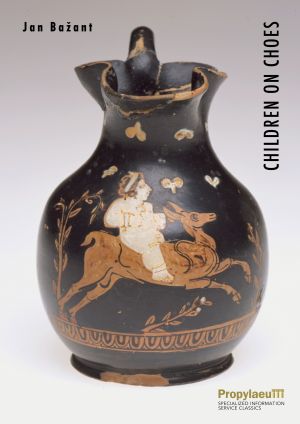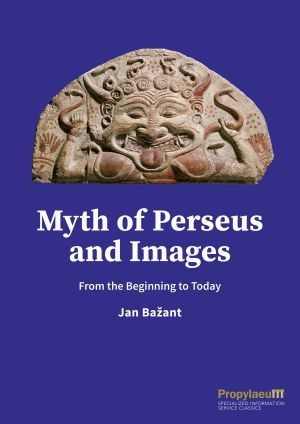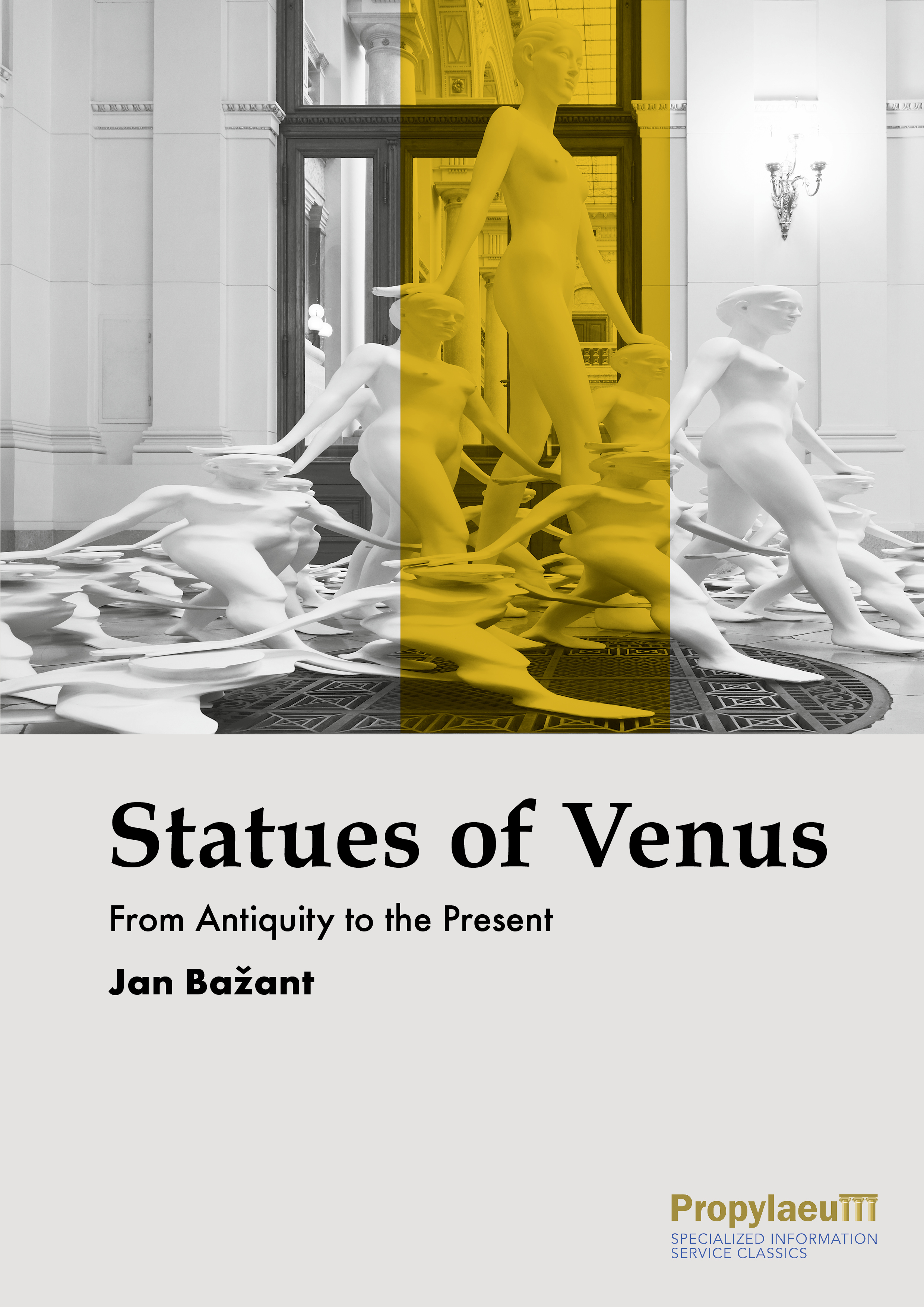Bažant, Jan
Children on Choes
In der Zeit zwischen der zweiten Hälfte des fünften Jahrhunderts v. Chr. und dem ersten Viertel des folgenden Jahrhunderts lässt sich eine Zunahme der Darstellung von Kindern auf attischen Vasen beobachten. Eine systematische Analyse dieser Darstellungen hat ergeben, dass die Künstler nicht das Leben der athenischen Kinder, ihre Aktivitäten und die Wahrnehmung ihrer Eltern durch diese dokumentierten. Die Untersuchung hat ergeben, dass die Darstellungen von Kindern auf den Choen wertvolle Hinweise und historische Informationen über das Selbstbild der athenischen Männer sind.
Myth of Perseus and Images: From the Beginning to Today
Jede Darstellung von Perseus oder Medusa im nachantiken Europa ist ebenso bemerkenswert wie die Entstehung und Entwicklung dieses Mythos im antiken Griechenland und Rom. Bilder, Reliefs und Skulpturen, die von antiken Mythen inspiriert sind, sind heute für die meisten Menschen unverständlich. Von der einst reichen Kunstsprache sind im allgemeinen Bewusstsein nur noch wenige Phrasen erhalten, die zudem durch ständige Wiederholungen an Bedeutung verloren haben. Dieses Buch will den furchtlosen Perseus, die furchterregende Medusa, die selbstlose Danae, die schöne Andromeda und den geheimnisvollen Pegasus wieder sprechen lassen. Es analysiert die Entwicklung von Grammatik und Wortschatz dieser Darstellungen von der griechischen Antike bis zur Gegenwart. Die ältesten Darstellungen stammen aus dem zweiten Jahrtausend vor Christus, die jüngsten aus der Gegenwart; sie stammen nicht nur aus Europa, sondern auch aus dem Nahen Osten und Nordamerika. Warum die Darstellungen des Perseus-Mythos? Dieser Mythos war von Anfang an mit den Vorstellungen und Bildern verbunden, auf denen die heutige Kultur aufbaut.
Statues of Venus: From Antiquity to the Present
Das Ziel dieses Buches ist die Erforschung der Venus-Statuen. Im Laufe der Jahrhunderte haben sie sich dem Aussehen an reale Frauenbilder mal mehr, mal weniger stark angenähert. Von der Antike bis ins 21. Jahrhundert schwankten die Bildhauer zwischen der idealen (und daher faden) Schönheit, die die Göttin charakterisiert, und den verführerischen Formen des Körpers einer lebendigen Frau, die sich aus verschiedenen Gründen nie ganz behaupten konnten. In der Antike wurde dies durch die Tatsache verhindert, dass die Statue eine Göttin darstellte; im nachantiken Europa lag es vor allem an dem Tabu, weibliche Nacktheit darzustellen. Venus hätte als nackte Frau mit allen rassigen Details dargestellt werden können, aber der Betrachter hätte eine solche Darstellung kaum ernst genommen. Die Künstler hätten auf attraktive Merkmale des weiblichen Körpers verzichten können, aber wie hätte der Betrachte die Darstellungen dann als Venus, der Mutter des Amor, erkannt?









